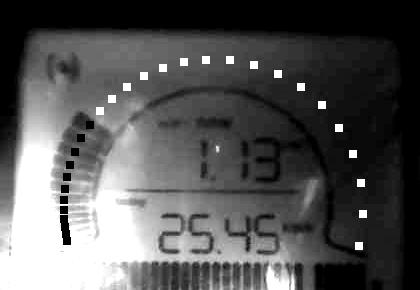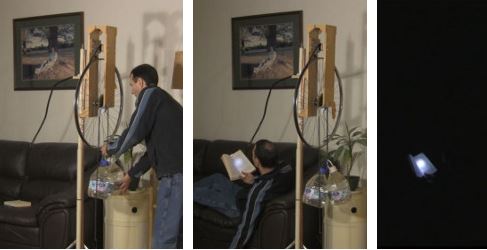With electricity cost going up and the likes of British Gas hiking up their price, everyone could use a bit of free energy. There are a number of ways to harvest renewable energy including solar and wind, however, the cost of setting up a wind farm can be quite high. [Mr Tickles] has uploaded a video where he has a cheaper DIY method of making a DIY wind turbine.
His project uses a commercial ceiling fan as a turbine for converting the wind energy into electricity. PVC pipes are used to mount the entire thing such that it becomes portable. A cardboard fin is used to make the propeller face the wind but there are plans to upgrade it in the future. [Mr Tickles] demonstrates his project by lighting up a lamp and then charging a cell phone.
For the price, this hack is pretty neat and can be extended to work with larger fans. For those who are looking at an even simpler version of this build, check out the most straightforward wind turbine.

















